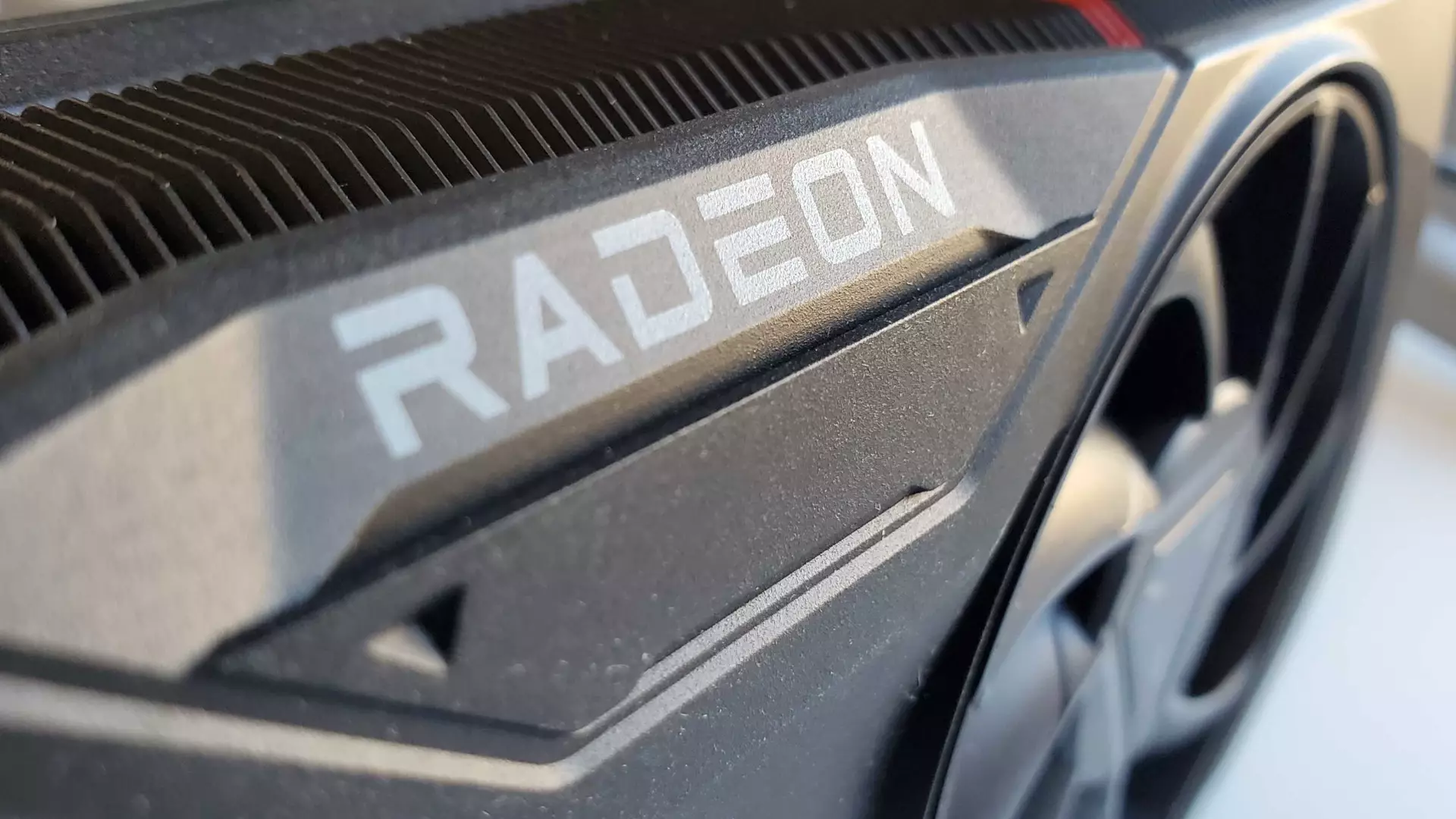In a recent discussion sparked by a tweet from Frank Azor, the Chief Architect of Gaming Solutions at AMD, the relevance of VRAM in gaming GPUs has come into sharp focus. As we step into 2025, the ongoing debate around GPU specifications — particularly the 8GB VRAM capacity — reflects broader trends in gamer preferences and market realities. Azor’s assertion that the majority of gamers are still playing at 1080p resolution and have little need for more than 8GB of memory highlights a significant disconnect between cutting-edge technology and everyday gaming experiences. Many enthusiasts often forget that most gamers are not competing to have the latest and greatest hardware; instead, they are simply looking to enjoy their experiences within the configurations that best suit their systems and play styles.
Azor’s insights are supported by data from the Steam Hardware Survey, which reveals that over 55% of gamers still prefer 1080p monitors. This statistic is noteworthy, especially in an industry that often touts more demanding graphics and higher resolutions as the standard. While cutting-edge games may push the limits of what hardware can handle, much of the gaming community thrives on less intensive titles or competitive games like League of Legends or Valorant. This begs the question—shouldn’t the industry cater to the predominant demographics of its user base rather than solely chase high-end specifications?
VRAM: A Double-Edged Sword
The argument supporting 8GB of VRAM does bring up concerns regarding future-proofing and the longevity of high-performance gaming experiences. Games are ever-evolving, and many of the most graphically advanced titles might soon outgrow the 8GB VRAM limit. As graphics fidelity improves, gamers are increasingly scrutinizing memory specifications. The debate around whether the next-gen GPUs — such as the rumored 5070 with its 12GB of VRAM — will truly be sufficient emphasizes consumer anxiety about long-term viability in an age where technological advancement marches at a frenetic pace.
Yet, it is crucial to recognize why such offerings like the RX 9060 XT, with 8GB of VRAM priced at $299, represent an essential segment within an increasingly polarized market. For gamers adhering to the 1080p resolution, this card serves as an alluring entry point that does not diminish the experience with unnecessary frills that they don’t require. Not everyone aspires to run the latest AAA title at 4K with maximum settings; for many, gameplay experience hinges on optimization and reliability over sheer power. The return to budget-oriented gaming solutions is vital for maintaining an accessible entry point into the gaming ecosystem, allowing more players to join the community without needing to spend exorbitantly.
Market Trends vs. Gaming Culture
The landscape surrounding GPU sales presents a broader narrative about consumer behavior and gaming culture. Current market dynamics have led to an overwhelming focus on high-end GPUs; NVIDIA’s flagship models have left budget-conscious gamers feeling overlooked. The rise of “esports” gaming means that many players engage primarily in competitive, less resource-intensive titles that do not necessitate the extensive specifications often marketed by top-tier manufacturers. This has led to a frustrating cycle where more affordable options are de-emphasized, leaving a gap that a significant portion of gamers struggle to navigate.
While mainstream conversations continue to revolve around gamer’s aspirations for the latest flagship GPU, the realities of everyday use must also be kept in mind. The prevalence of lower-end options like the GTX 1650, which can often still be seen in many gaming setups, signals a demand that the industry needs to pay more attention to. This budget segment is often the most overlooked but is vital for sustaining the health and diversity of the gaming community.
Balancing Power and Accessibility
The challenge lies in balancing performance with affordability — something that AMD seems to grasp better than some of its competitors. The conversation around multiple VRAM offerings, such as their RX 9060 XT with both 8GB and 16GB options, reflects an understanding that the market is begging for flexibility. Allowing gamers to choose according to their specific needs and financial constraints fosters a culture of inclusivity which is critical in an ever-evolving industry.
As we examine what 2025 and beyond holds for the gaming community, it becomes clear that the conversation should not solely focus on the most advanced and cost-prohibitive hardware but also embrace the essentials that make gaming accessible and enjoyable for all. The notion that gaming should cater to gamers, not just the technologically elite, is a powerful reminder of why we engage in this activity in the first place: collaboration, creativity, and community.

